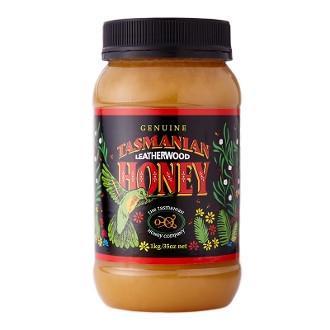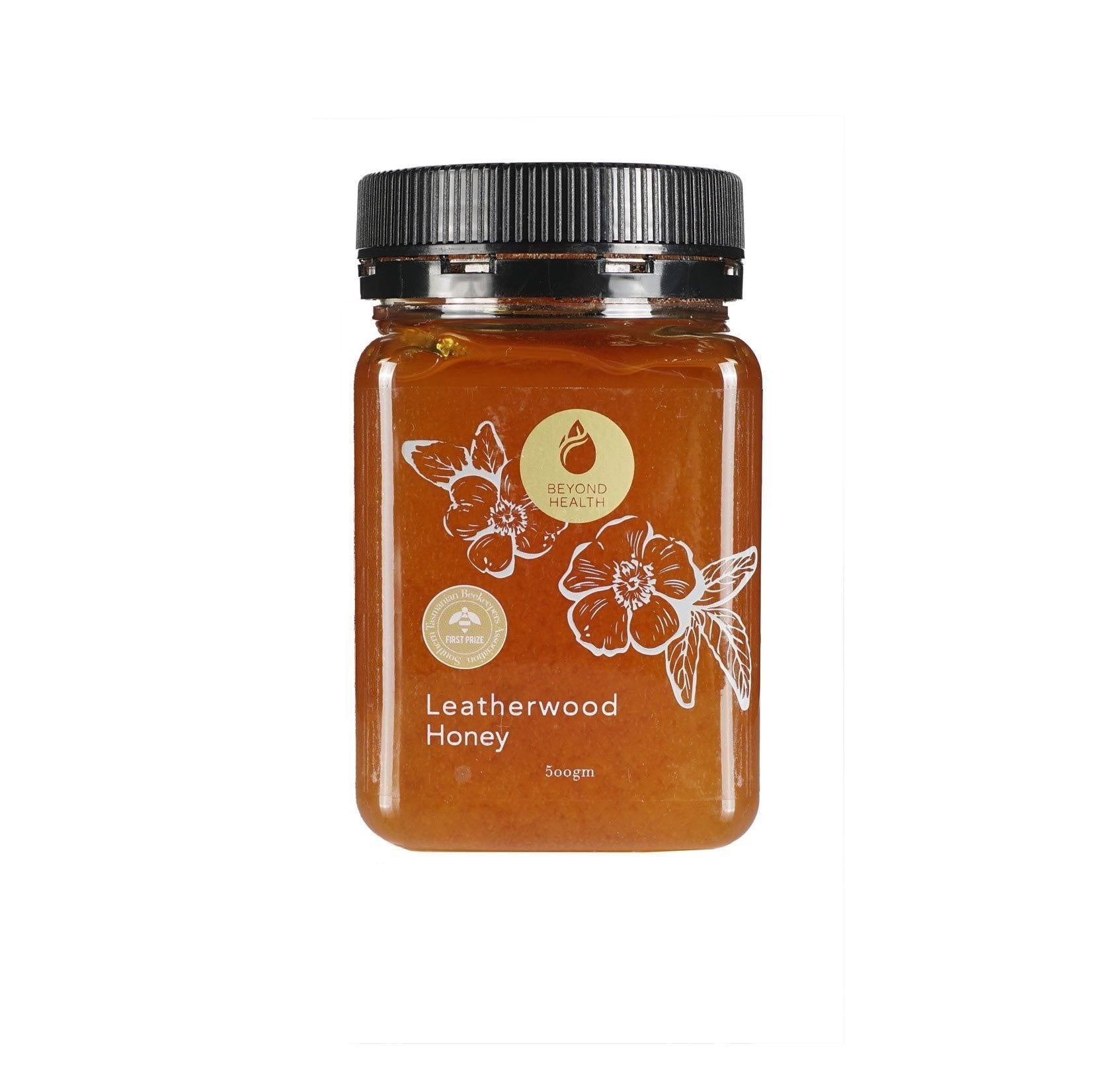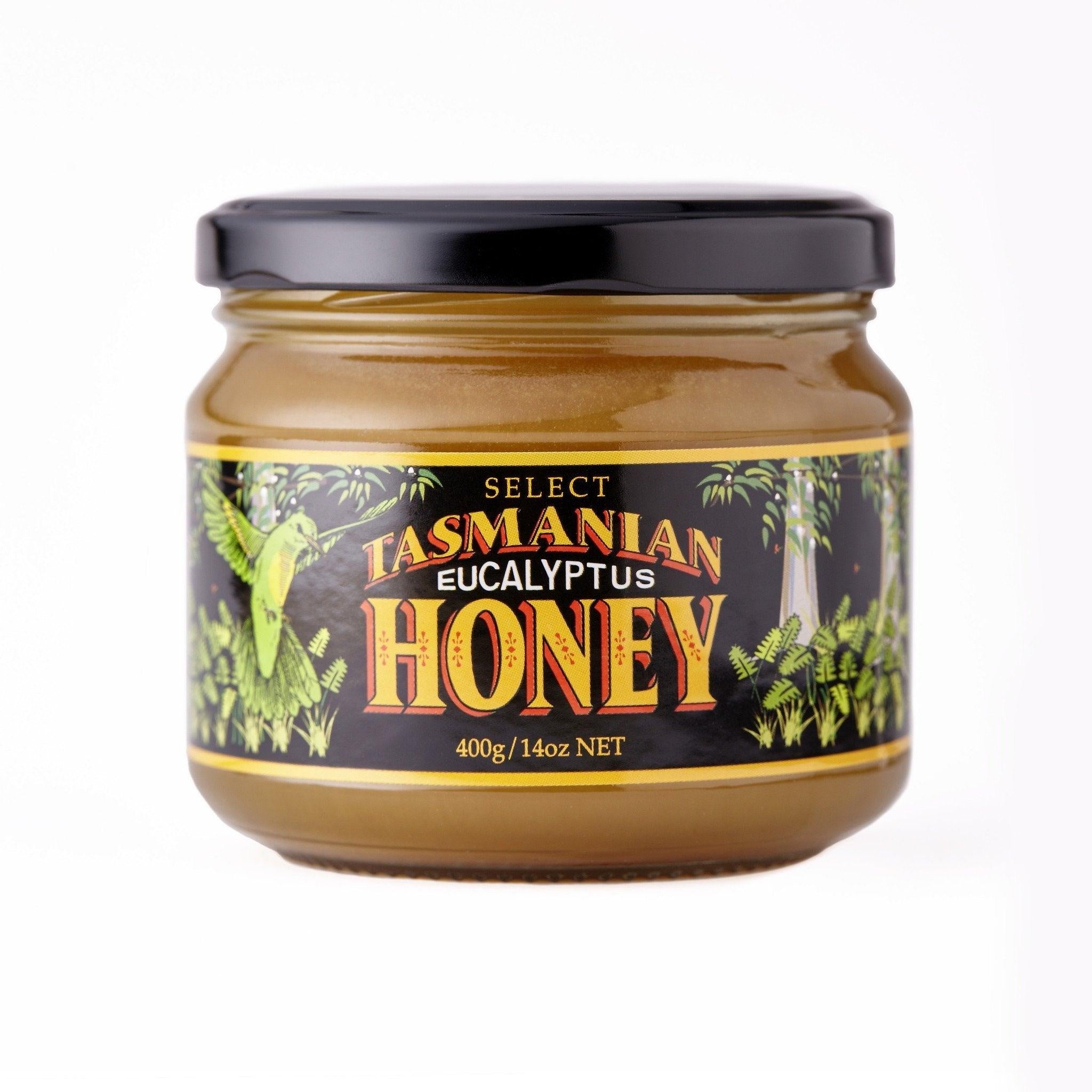Your shopping bag is empty
How to Get Rid of Garlic Breath
- Posted by: Enquiry Admin
- Comments: 0
- Categories: Nutrition & Diet
Garlic, with its pungent aroma and robust flavor, is a beloved ingredient in various cuisines worldwide. However, the aftermath of indulging in garlicky delights often leaves us grappling with a notorious companion: garlic breath. The lingering scent can be socially awkward and, at times, embarrassing. Fortunately, there are effective ways to tackle this culinary challenge while embracing ideal nutrition and proper hydration. In this comprehensive guide, we'll explore the science behind garlic breath. We will also dispel common myths, and provide practical, science-backed solutions to get rid of it, ensuring you confidently indulge in your favorite garlic-infused dishes.
Understanding the Culprit: Why Garlic Causes Bad Breath
Garlic's distinctive scent stems from sulfur-containing compounds, notably allyl methyl sulfide. When garlic is crushed, chopped, or chewed, these compounds are released, contributing to its potent aroma. Upon consumption, these compounds are absorbed into the bloodstream and eventually exhaled through the lungs and pores, leading to garlic breath.
Debunking Myths: Separating Fact from Fiction
Before delving into solutions, let's dispel a common myth: chewing mint, parsley, or coffee beans may temporarily mask garlic breath but won't eliminate it. These ingredients merely provide a momentary olfactory distraction, and the garlic odor persists beneath the surface.
How to Get Rid of Garlic Breath: Science-Backed Strategies
-
Embrace the Power of Proper Hydration: Proper hydration plays a vital role in mitigating garlic breath. Drinking water helps wash away garlic particles from the mouth and aids in saliva production, which naturally cleanses the oral cavity. Consuming at least eight glasses of water daily supports overall hydration and assists in reducing the lingering effects of garlic breath.
-
Ideal Nutrition: A well-balanced diet rich in fruits, vegetables, and whole grains supports oral health. Crunchy fruits and vegetables, such as apples, carrots, and celery, act as natural abrasives, helping remove garlic particles from teeth and gums. Additionally, foods high in vitamin C, such as oranges and strawberries, can neutralize odor-causing compounds, contributing to fresh breath and prevent garlic smell.
-
Dairy Products: Dairy products, especially milk, contain fat molecules that can neutralize sulfur compounds in garlic. Enjoying a glass of milk after a garlicky meal can help mitigate the lingering effects of garlic breath.
-
Green Tea: Green tea is rich in polyphenols, which possess natural deodorizing properties. Hence, drinking green tea after consuming garlic can help neutralize odor compounds and freshen your breath.
-
Oral Hygiene: Proper oral hygiene practices are paramount. Brushing your teeth, gums, and tongue thoroughly after consuming garlic can remove residual particles and minimize odor. Additionally, using dental floss and mouthwash can further enhance oral cleanliness.
-
Baking Soda and Water Rinse: Create a mouth rinse by mixing baking soda with water. Next, gargle and rinse your mouth thoroughly with this solution, allowing the baking soda to neutralize odor compounds.
-
Chew Sugarless Gum: Chewing sugarless gum stimulates saliva production, aiding in the natural cleansing of the mouth. Look for gum containing xylitol, a sugar substitute known for its oral health benefits. It can certainly help you to get rid of garlic breath.
-
Activated Charcoal: Activated charcoal, known for its odor-absorbing properties, can help neutralize garlic breath. So, consider using activated charcoal-based toothpaste or supplements under professional guidance.
Conclusion: Embracing Fresh Breath and Optimal Health
Garlic breath, while common, can be managed effectively with science-backed strategies. By embracing proper hydration, ideal nutrition, and practical oral hygiene practices, you can bid farewell to the lingering effects of garlic-infused meals. Remember, while these solutions can help mitigate garlic breath, enjoying garlic in moderation remains key to striking a balance between culinary indulgence and fresh breath.
Sources:
-
Ruth M. Lantz et al. (1994). Gas Chromatography-Mass Spectrometry Analysis of Allyl Thiosulfinates and Polysulfides in Crushed Garlic (Allium sativum L.). Journal of Agricultural and Food Chemistry.
-
J.O. Chun et al. (2011). The Anti-Bacterial Effects of Citrus Fruit Juices and Their Implications for Food Safety. Journal of Environmental Biology.



































